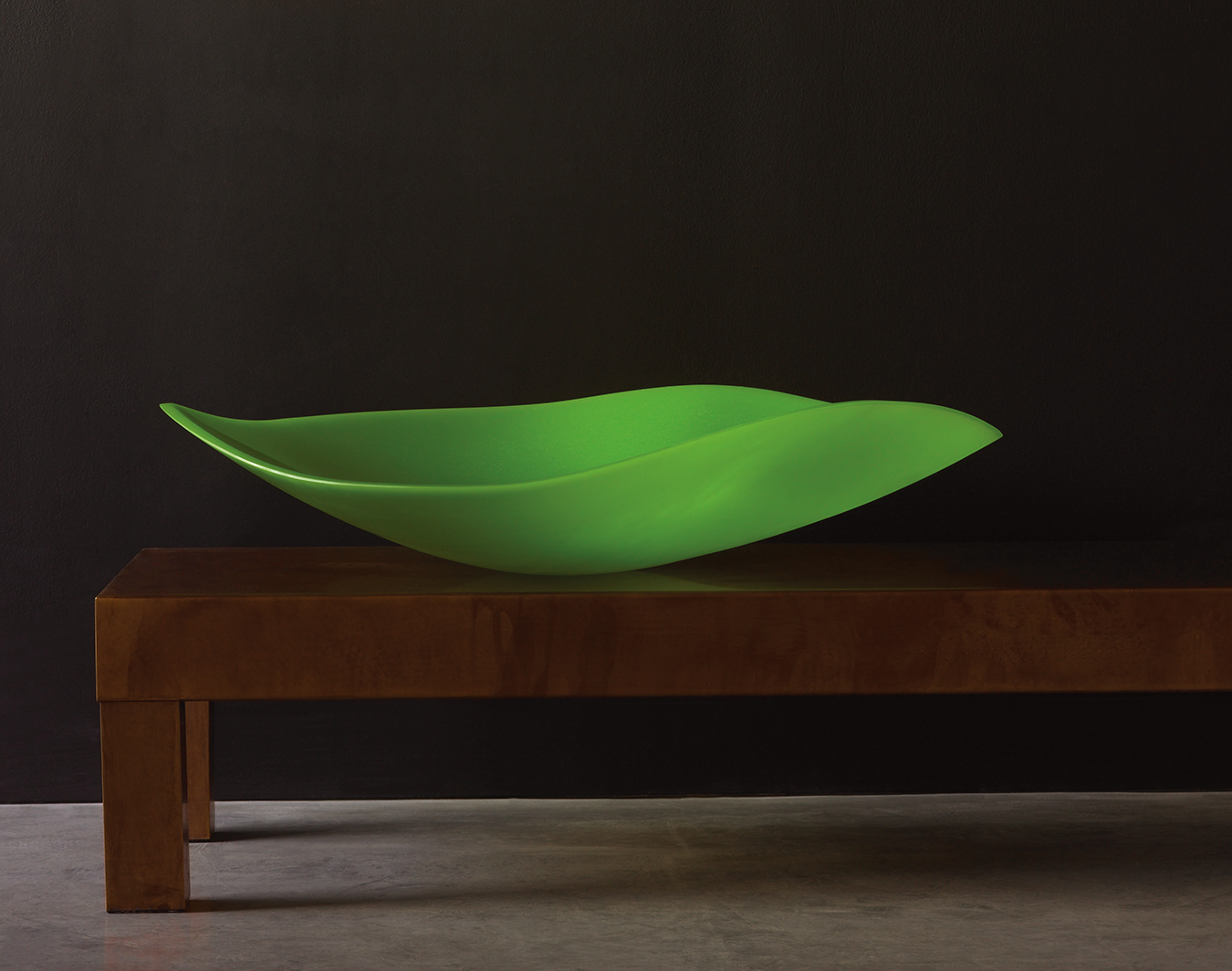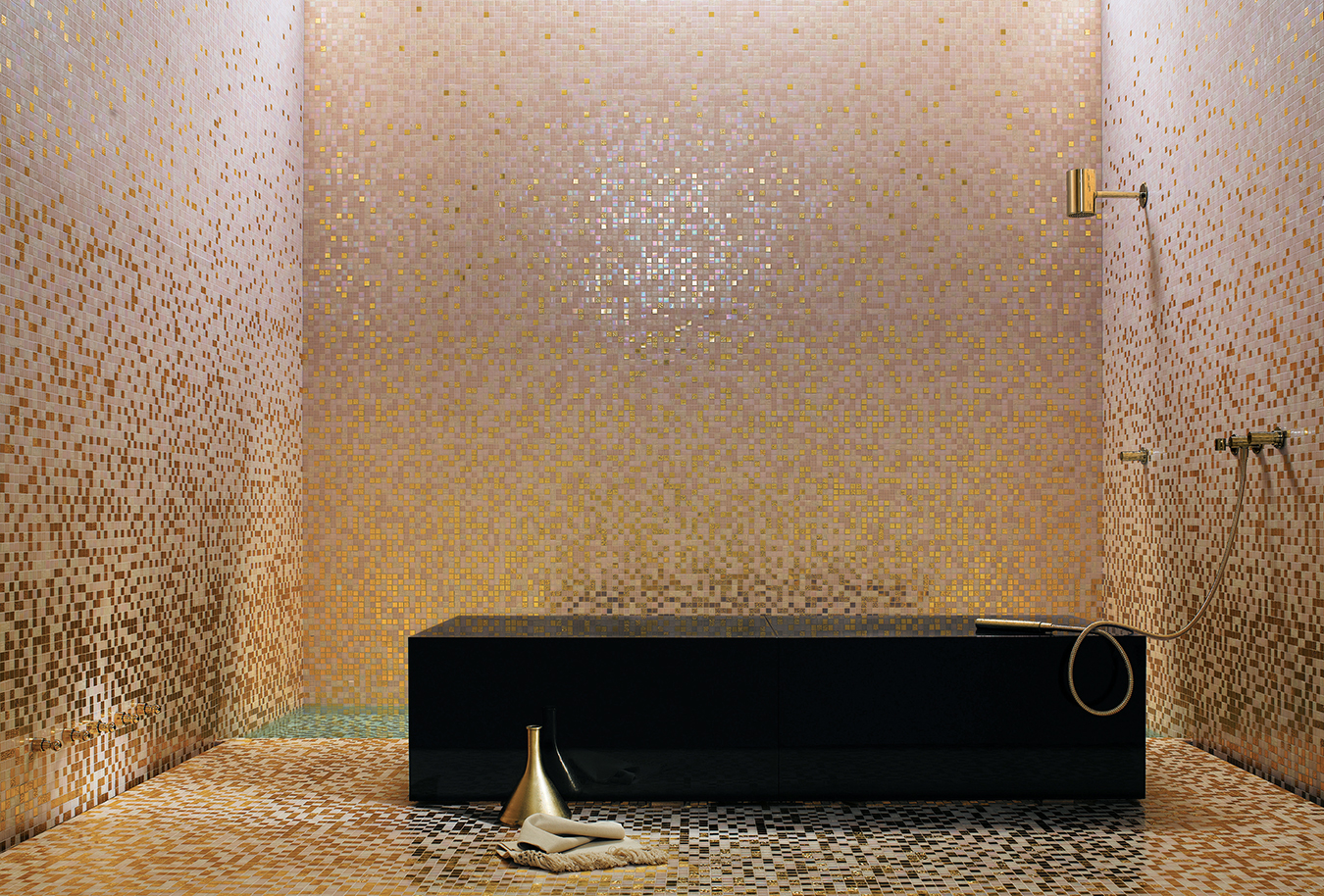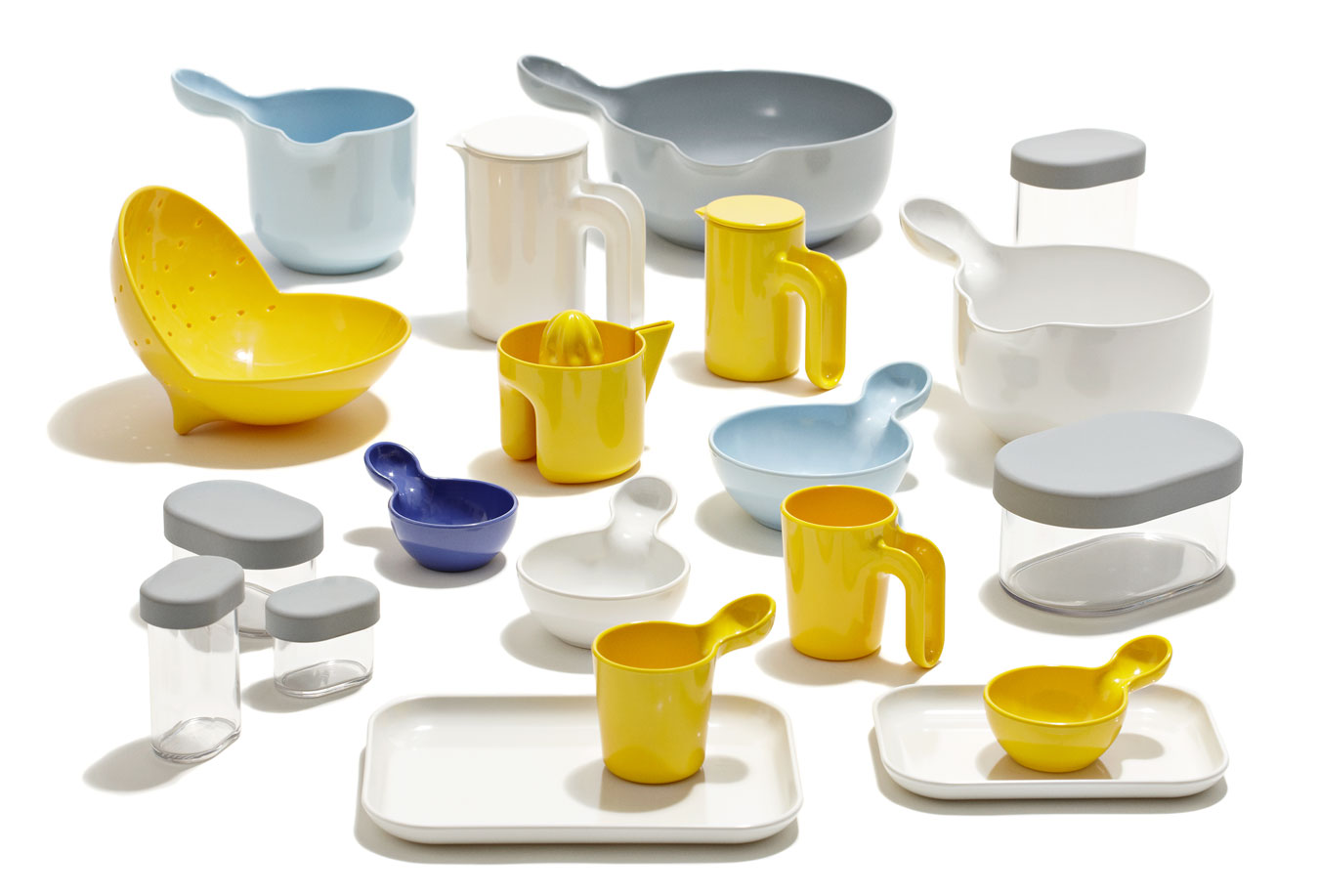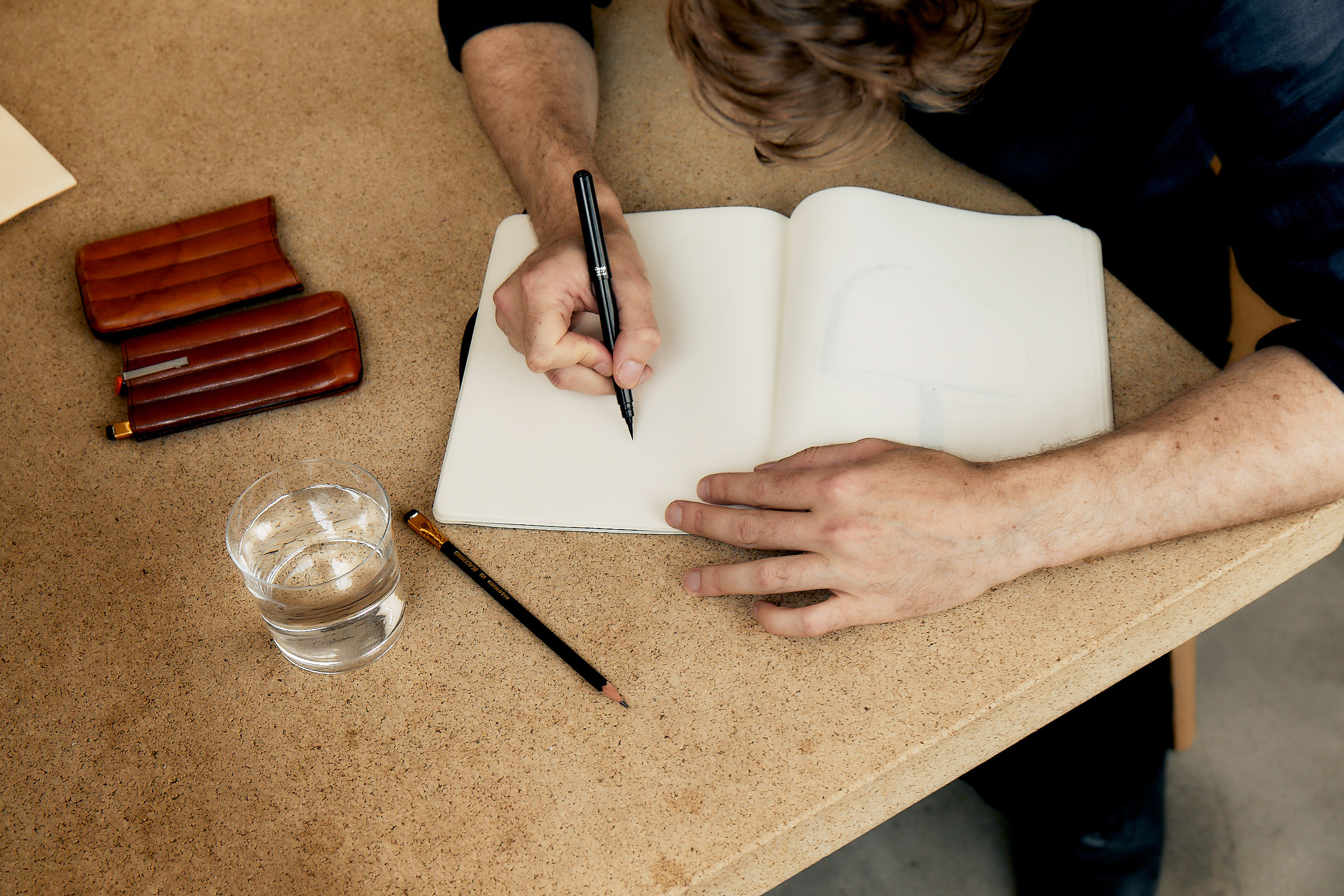
Thom Fougere’s Successful Career and His Commitment to Subtlety and Periphery
Collecting intimacies.
_________
Thom Fougere answers my call from a bench in Parc Sir-Wilfrid-Laurier in Montreal. He’s on one of his daily walks during which he parcels out his attention to the projects, present and future, that he, as a 34-year-old creative director and furniture designer, has on the go. Fougere speaks with the gentle starts and crisp finishes of Saskatchewan as he muses on the practice of walking and the resultant opening-up of the self to the environment. Especially during the doldrums of COVID, he says, “having tune-out time is super important.”
The simplicity of this routine and its effects may seem clichéd, but it’s refreshing in contrast with some of the more baroque statements of method bandied about by other high-profile designers. And this sense of subtle thinking, of small pleasures and first principles, is even more appealing considering the success of Fougere, who at 23 was appointed creative director of one of the most massively successful contemporary Canadian design companies, EQ3.
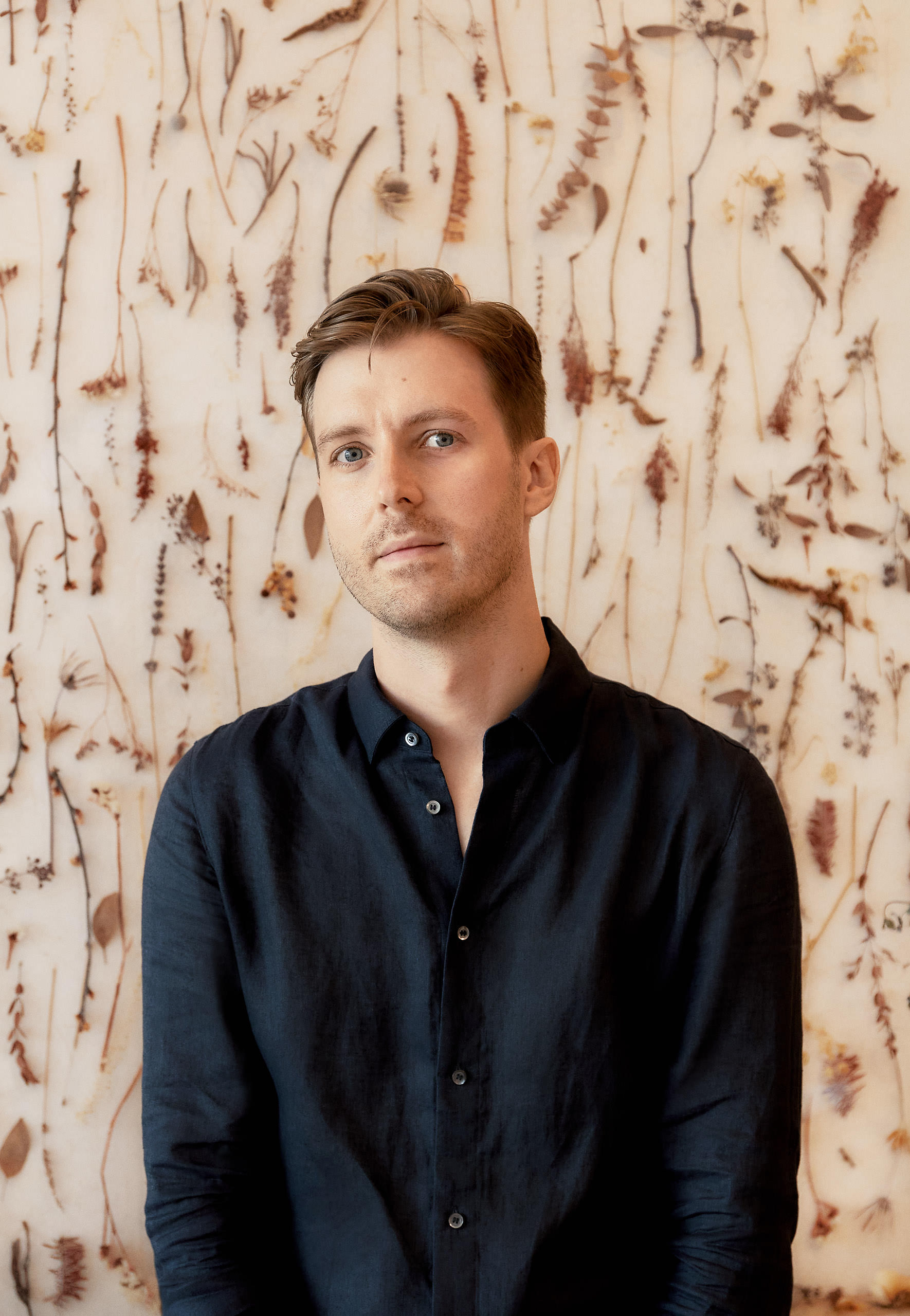
Fougere’s story starts in the middle of the continent; he only recently made the move to Montreal. In his late teens, he left his hometown of Regina to pursue an architecture degree at the University of Manitoba, surrounded by Winnipeg’s unique mix of Beaux-Arts, brutalist, and postmodern buildings. However, the architecture of mass scale did not immediately satisfy the creative needs of Fougere, whose eye was trained more on the body, the human scale, and patterns of design provoked and necessitated by this intimate focus.
This focus on the individual reflects the subtlety of his process and aesthetic. While talking about himself, he veers away from overintellectualizing, preferring to let experiences and his work speak for him. Neither taciturn nor ebullient, he pauses thoughtfully between questions, choosing his words as one tracks the curve of wood in furniture.
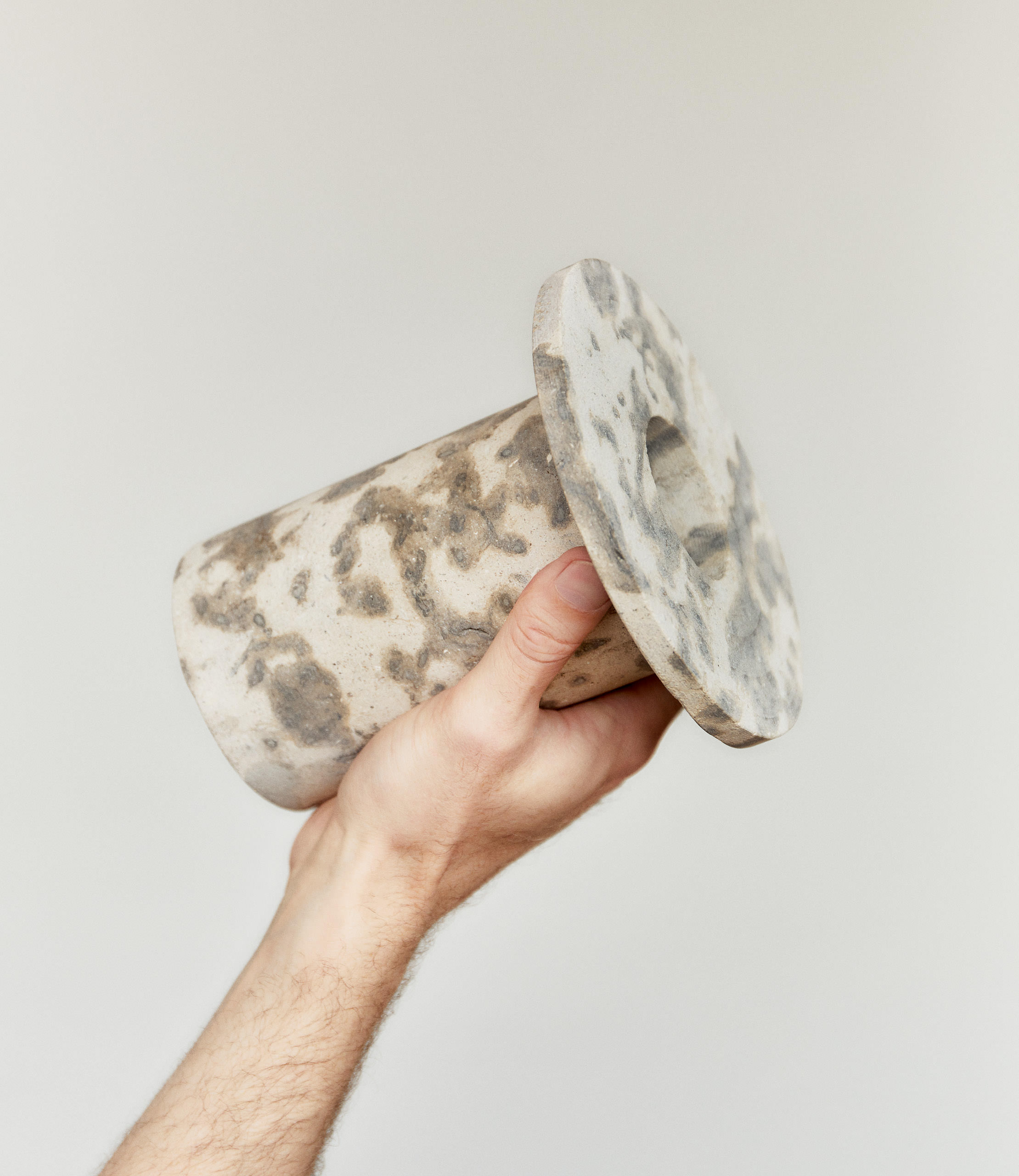
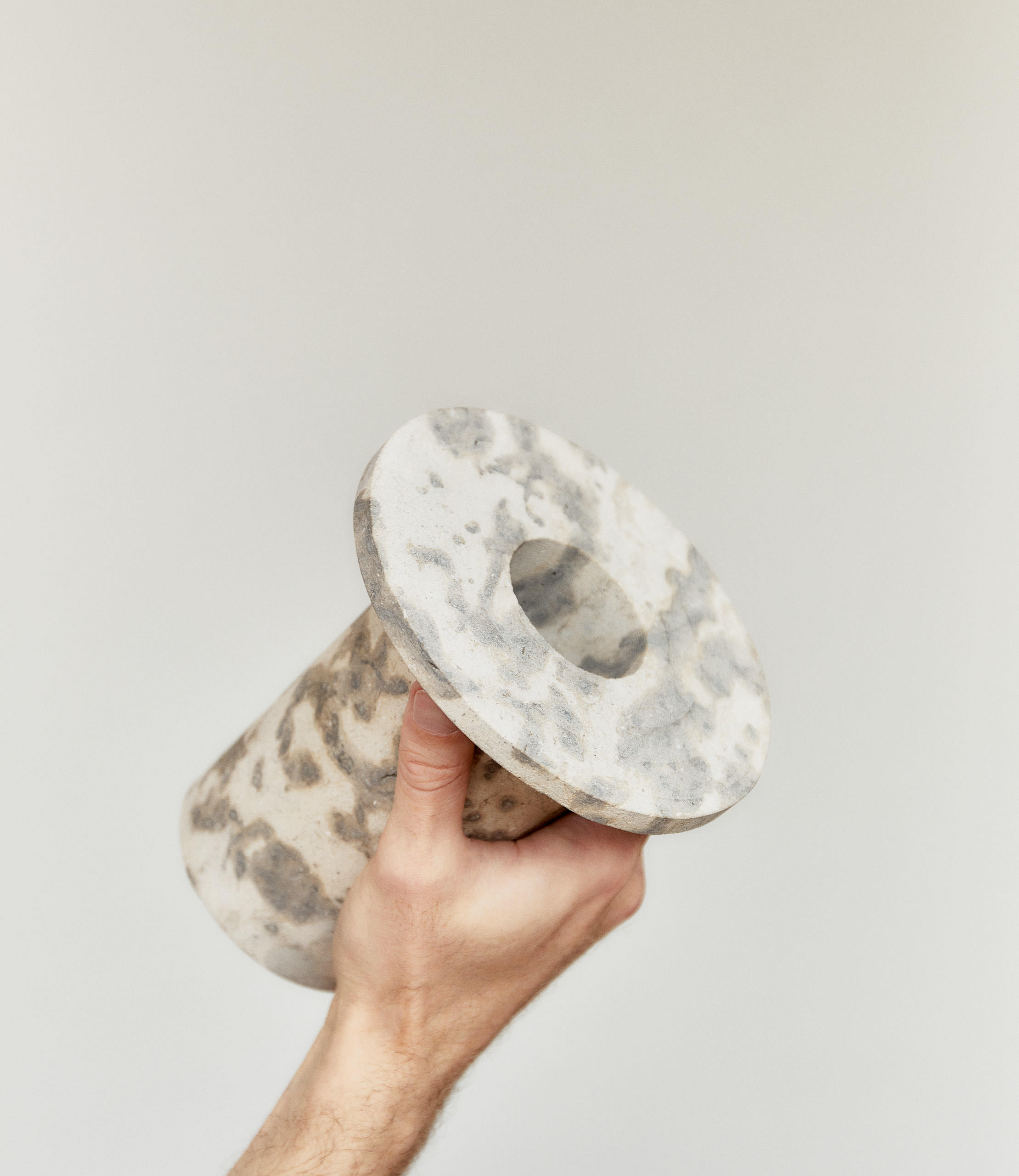
“I became disillusioned by architecture,” he says when I ask about his time at university. His projects tended toward smaller-scale furniture and its placement, and he developed a fascination with Charles and Ray Eames, “like so many do in school,” he laughs. Dead set on not working in architecture, he spent his first year out of school at an ad agency to fund his steadily growing creative projects, including experimental furniture designs and medium-format photography. Constantly drawing influence from his surroundings, Fougere would travel to Toronto on weekends to exhibit at design shows.
Thom Fougere’s approach to furniture has been “archetypal,” which he explains as stripped down in its purpose but not in its conception and design: “I hate the word minimalism because it is interpreted as an applied aesthetic, where true minimalism has complexity embedded in it.”
It was at these shows that he “caught the bug” for furniture. “It’s a human thing to be drawn to objects and things like collecting in some way—at least I am. And it feels like it’s an innate thing,” he says. It is as if our lived environment can be broken down to a base constituent, like an atomic unit, composed not of particles but of intimate moments connecting people with products and products with people. An example is the phenomenon of collecting, to which furniture is especially conducive. “I collect too many things,” he chuckles. “Books, even rocks. Strange things. I picked up a lot of stuff at flea markets in Tokyo.”
Around the time his commitment to collecting and creating furniture was coalescing, he got the gig with EQ3 as a general designer. Within a year, he became creative director, after a conversation with legendary CEO and founder Peter Tielmann, who saw something in him, though Fougere still doesn’t know exactly what. “He took a risk on me, and I am happy for that,” he says.
“It was my dream job,” he says of the opportunity. “And I didn’t just treat it like a gift placed in my basket. I took it very seriously.” He went to work. Within the first two months of his tenure as creative director, Fougere radically reshaped EQ3’s direction. He initiated a companywide rebranding that saw everything from the product line to the photography and graphics remodelled to fit the livable, millennial-focused aesthetic the brand offers to this day.
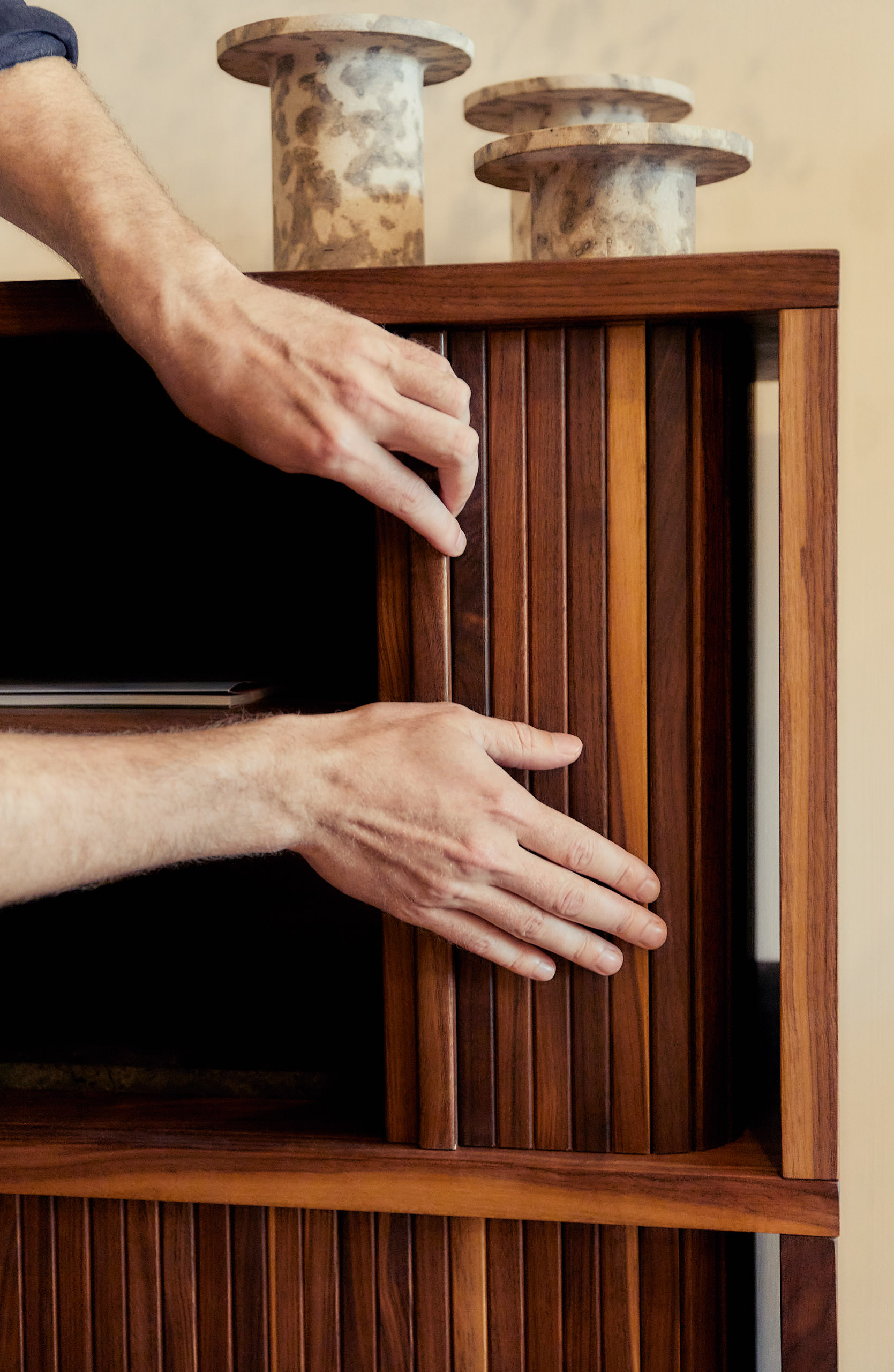
Fougere remembers that he approached this overhaul as he would any other design problem: “getting to the root of what [the client] wants and is trying to accomplish, and really kind of jabbing at it and studying what it reveals.” At the time, he was hugely inspired by a burgeoning aesthetic, represented by magazines like apartamento, that was bringing to the forefront the type of personal scenes and intimate relationships with interiors that had initially drawn him into furniture design.
“And that still is an influence—just allowing life and the people to be the forefront of what you’re designing and not the object as some art piece that can’t be touched. Modern furniture and modern art always has this, like, invisible glass barrier that I think the general public is worried about crossing,” he says, adding that he wanted to make sure even his mom and dad could see the possibilities in their own home, comfortably. “You’re problem-solving for unique current-day problems, how people live their lives.”
At EQ3 and now, his approach to furniture has been “archetypal,” which he explains as something fairly subdued or stripped down in its purpose but not in its conception and design. “I hate the word minimalism because it is interpreted as an applied aesthetic, where actually true minimalism has complexity embedded in it.”
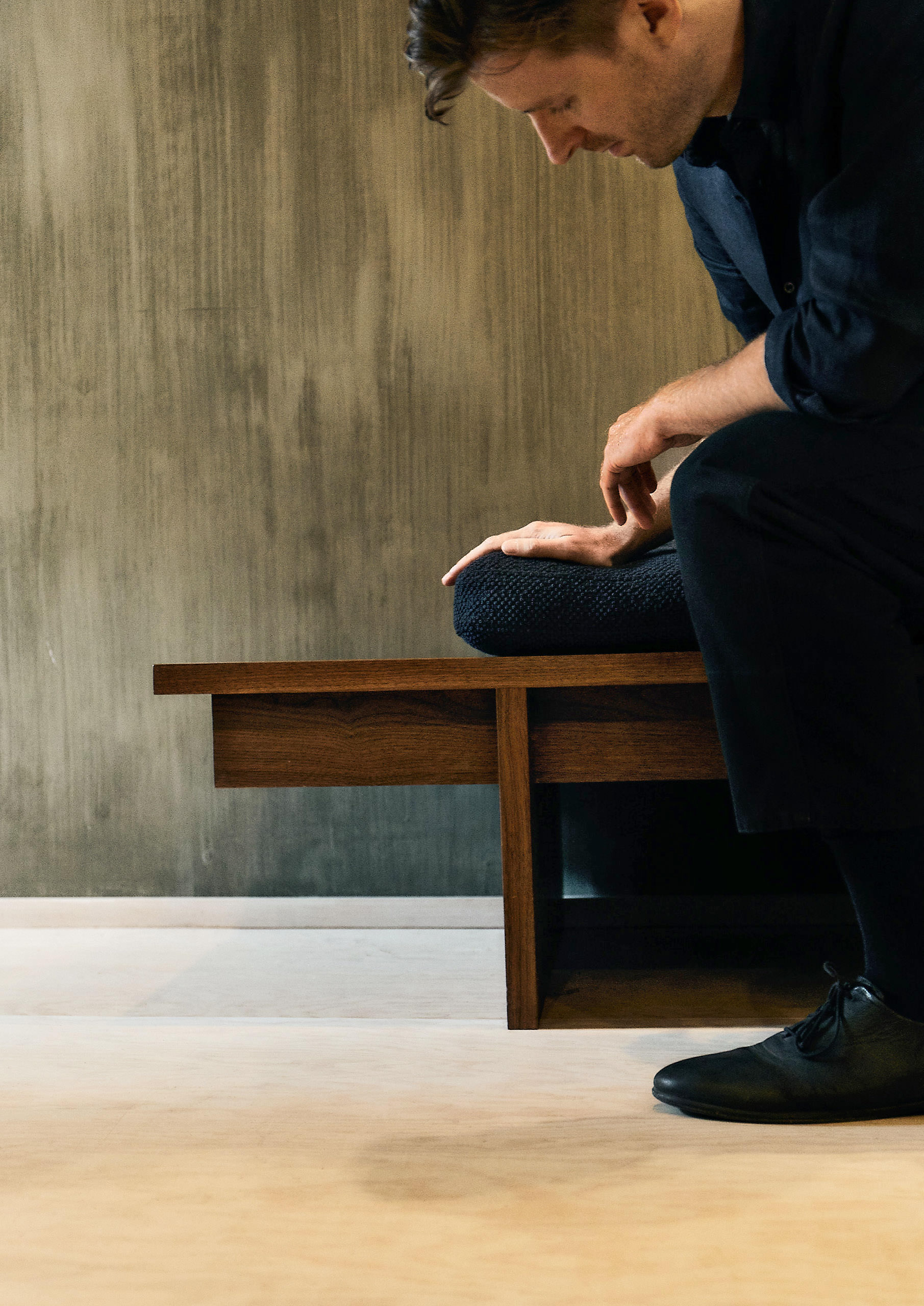
For Thom Fougere, design is an exercise in intimacy. The former EQ3 creative director allows life to exist at the forefront of design, creating liveable furniture that still exudes innovation.
“I think a lot of my designs happen to exist along the periphery of life, and the backdrop is interesting things that people collect,” he says thoughtfully. After all, the things that surround us make up our dreams and vice versa. But Fougere has committed himself to this exploration of the periphery, reaching beyond the kitschy vagaries of rustic chic. After leaving EQ3 in 2019, he, at the suggestion of friend and collaborator John Baker of Mjölk, took a trip across Japan to check out designs he calls “careful and thoughtful.” It was around this time that he began designing pieces for Mjölk. Travelling to Shaker villages in the northeast United States was part of the research resulting in pieces such as Fire Tools. These tools, made of brass, walnut, and leather, represent the active scale, intimacy, and rustic simplicity that run through his design endeavours. Happy with the set, Fougere is also excited to apasee them wear: “I would argue that brass looks best after years of use.” The sustainability of these traditions also finds expression in his work—see the recyclable exhibition booth he designed for EQ3.
Fougere is careful not to romanticize too much his own roots or use them as catch-all explanations for the simplicity and formal integrity of his designs. After all, he now lives in a vibrant metropolis that constantly informs his thinking in new ways. But the inspiration of the Prairies and the pace of life there—as well as his friendship with artist Wanda Koop—have remained important.
“I think when you’re raised there, you take the subtleties of the Prairies for granted,” he says, but after a few years of travelling all over the world for design fairs for his work at EQ3, he returned to the Prairies and a switch flipped. “I think we’re used to looking for what’s exotic and what’s new and what’s interesting in these design epicentres around the world. But there is something really subtle and exotic and interesting about the Prairies when it comes to the materials that exist out there. And I just, I’m in love with that beauty. It kind of renewed my love for the subtlety of the Prairie region; it retrained my eye a little bit.”
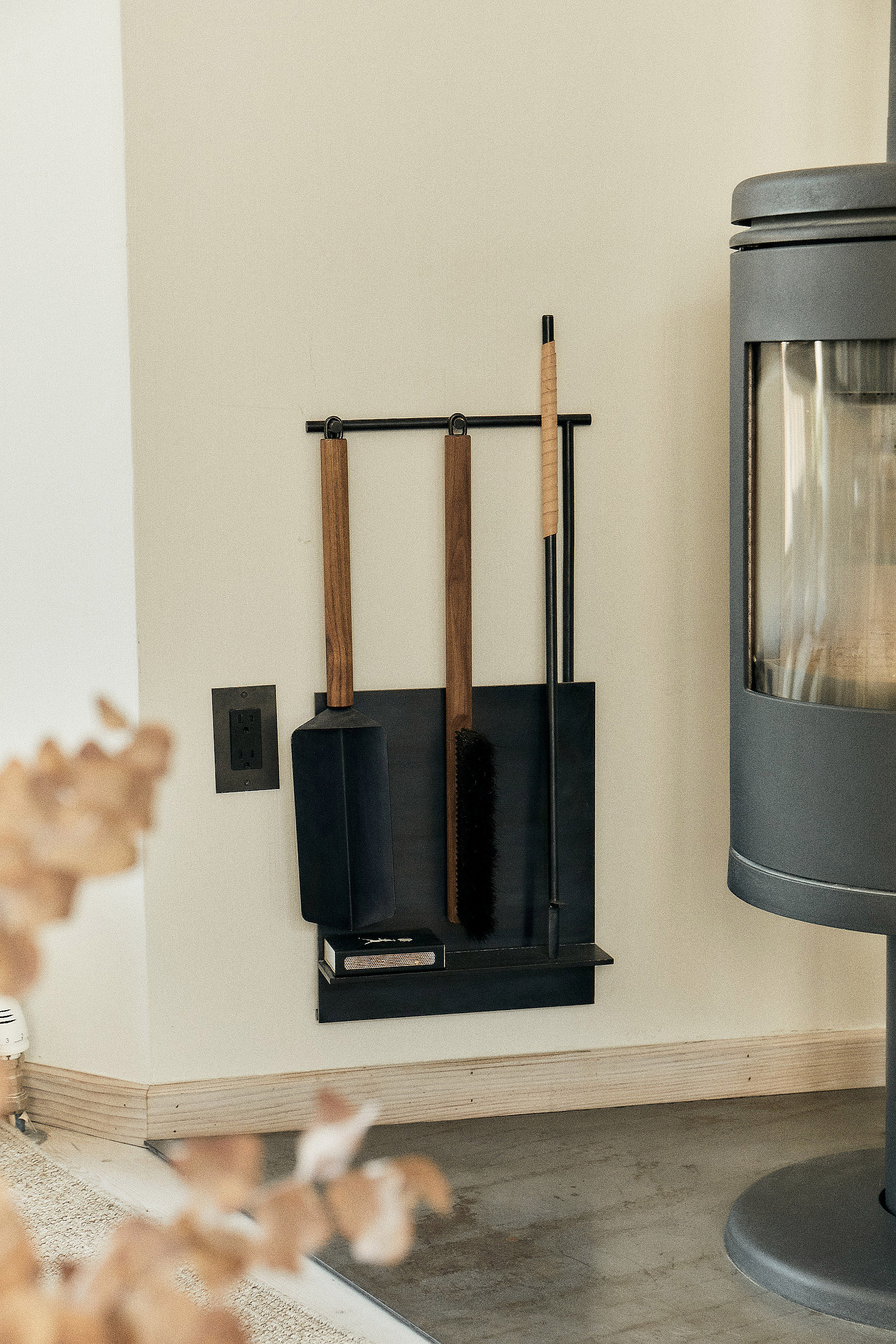
Just as brass can look better over time, our influences become more useful when we see them in contrast to experience. Today, his life moves fast, as it has since his early start with EQ3, and he plans on returning to residential architecture by co-founding a new firm, Office of Fougere Robinson, in the fall of 2021. But the ability to let the busy cooperate with the slow, the intentional, is a hallmark of his design practice and output, one that will surely continue to have a strong effect on Canadian design.
The moment of repose and conversation breaks; we hang up, and Fougere gets back to his multiple commissions. But this small intimacy of conversation also means something has been made, subtlety maybe, almost imperceivably, but such is good design.
Photographed on location at Mjölk, Toronto.

